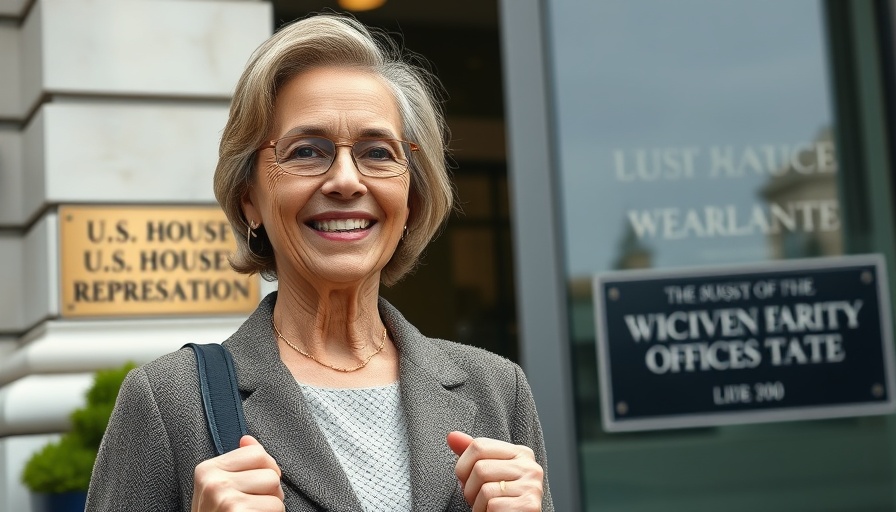
Protesting for Healthcare: Organized Advocacy at Stauber's Office
On a seemingly ordinary Friday, the atmosphere outside U.S. Rep. Pete Stauber's office in Hermantown was charged with purpose and passion. Organized by the Planned Parenthood Action Fund, approximately 100 to 150 protesters gathered to vocally oppose what they view as detrimental cuts to Medicaid. The method of protest was both symbolic and powerful: 151,000 pink beads were delivered to Stauber's office, each bead representing a constituent who would suffer if funding cuts through the bill were enacted.
Kay Anderson, a demonstrator from Cloquet, was seen holding one of the strings of beads, serving as a vivid reminder of just how many lives could be impacted. With the beads representing individuals potentially left without adequate healthcare, the visual impact was striking.
Why this Matters: The Human Element of Healthcare
Healthcare, especially Medicaid, serves as a lifeline to many, ensuring access to services that might otherwise remain out of reach for low-income families and individuals. The importance of public support for programs like Medicaid cannot be overstated, and actions like these protests remind us of the social connection many feel toward advocates for their well-being. According to the protesting group, the proposed cuts could lead to dire outcomes for the most vulnerable populations in our communities.
Exploring Alternative Perspectives: The Debate Over Medicaid Funding
While the demonstrators articulated their concerns, there is often a counter-narrative in discussions about Medicaid funding that deserves attention. Proponents of budget cuts argue that reducing expenditures can lead to reallocating funds to other areas of pressing public need or correcting perceived inefficiencies within the system. It raises essential questions about resource allocation and fiscal responsibility, even as advocates argue for the continuation of essential services.
Local Implications: What This Means for Our Community
The implications of these proposed Medicaid cuts extend far beyond political debates; they resonate deeply within our local community. For many families, consistent access to healthcare can mean the difference between life and death. In recent years, the community has seen a significant rise in health challenges, highlighting the necessity for adequate health support systems. The protest serves as a direct call to action for local stakeholders to consider the broader impact of healthcare policy decisions.
Looking Ahead: What Can Be Done?
Awareness is just the first step. Community members interested in advocating for healthcare access can start by getting involved in local advocacy groups, voting, or participating in future protests. Mobilizing local support through social media platforms also amplifies urgent issues, encouraging more individuals to understand and join the discussion around healthcare access.
As the matter progresses through Congress, continued advocacy, engagement, and education can further strengthen community ties and inspire proactive measures to protect essential healthcare services.
 Add Row
Add Row  Add
Add 




Write A Comment